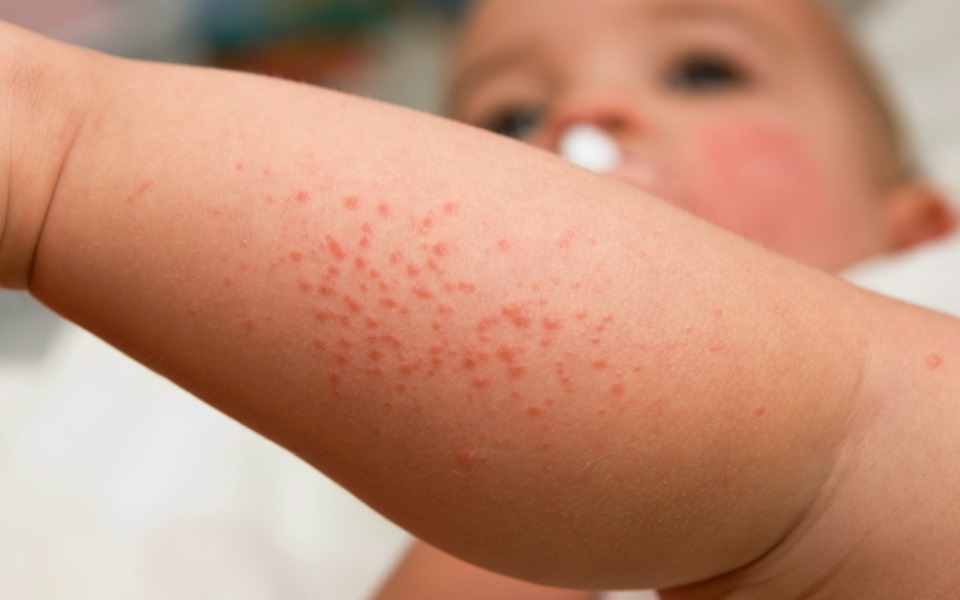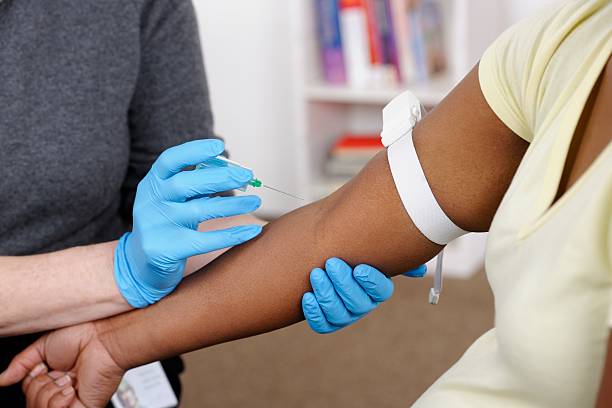Medical device packaging and sterilization can be stressful due to the many requirements from the Food and Drugs Administration (FDA). These regulations ensure that medical devices have a sterile barrier and maintain their functionality during shipping. Therefore, the process has to be validated.
This ensures that the medical devices are safe to avoid complications for patients and the medical fraternity. Manufacturers and companies must meet the set regulations for quality medical products. Your devices must undergo validations to enhance conformance.
Let’s have a look.
1. Packaging System Performance
This validation ensures that the packaging system maintains sterility during the manufacturing process. Therefore, the packaging must remain sterile through the handling, storing, shipping, and sterilization stresses.
2. Stability Testing
The testing involves real-time aging to determine whether the sterile barrier is durable. When the test utilizes accelerated aging, the real-time and accelerated aging tests must be done consecutively.
3. Validation of the Packaging Process
Validation of the packing process ensures that sealing and critical parameters in the packaging facility are controlled and meet the specified design. In addition, the process must meet installation qualification (IQ), operation qualification (OQ), and performance qualification (PQ).
This step is critical since it ensures the medical devices maintain sterility until they’re used. A sterilization specialist must validate the device to confirm that microbes present after packing and sealing have been neutralized. These regulations require time, resources, and money. To make the process simpler and cheaper, you can contract a packaging company with the required sterilization validations. Whether your medical device company is big or small, outsourcing medical devices packaging services offers these benefits:
1. Cost Friendly
The sterile packaging process requires a clean and controlled room to avoid airborne particles. Maintaining this room is costly and attracts a lot of overhead pressure. A packaging company can help you cut the cost.
2. Better Prices
Packaging companies deal with batch processes, reducing their operational costs. Therefore, they offer their packaging services at lower prices, making it cheaper for medical device manufacturers.
3. Saves Time
The sterilization process takes time to meet the required validations and enhance quality. In addition, sterilizing different packages and medical devices can be time-consuming. Therefore, it’s easier to outsource from a packaging company since they have readymade packages for each type of medical device.
What to Avoid During Outsourcing
As you manufacture the medical devices, have the packaging design in mind. This ensures that you outsource for high-quality packages that meet the FDA requirements.
Sufficient Resources
Some aspects of the sterile packaging must be re-validated. If your package provider cannot re-validate, ensure you send an engineer to validate the process.
Sterile medical devices packaging can make or break your medical device startup. With stringent measures by the FDA, ensure quality packaging. Additionally, the process is expensive and time-consuming. You can outsource cheaper and faster packaging services from a packaging company. Outsourcing is convenient since it’s cheaper and faster. However, ensure the company understands the medical device packaging process for smooth validation.



